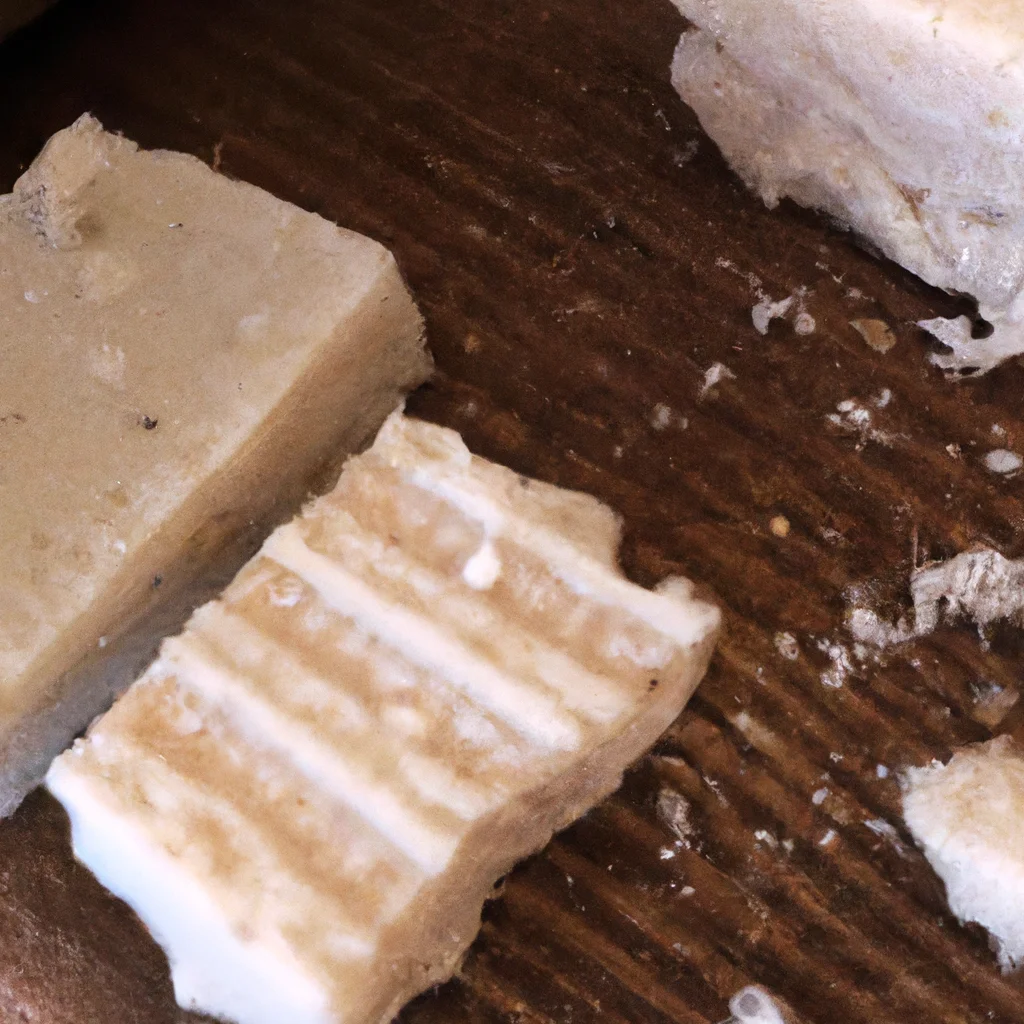What is the process of making soap at home?


What is the process of making soap at home?
Soap is a necessity in every household, and it is used for numerous purposes like washing hands, cleaning clothes, and dishes. The soap making process is a simple and rewarding DIY activity that can be done at home with a few basic ingredients and tools. In this article, we will discuss the soap making process, what ingredients are needed, and step-by-step instructions on how to make homemade soap.
Soap Making Process
The soap making process involves a chemical reaction between lye and oil that results in soap. Lye is a caustic substance that can be dangerous if not handled properly. It is essential to take necessary precautions when working with lye, including wearing gloves, goggles, and working in a well-ventilated area.
Homemade Soap Ingredients
The first step in making homemade soap is to gather all the necessary ingredients and tools. The essential ingredients needed for making soap are:
1. Lye
2. Water
3. Oil
Lye can be purchased from hardware stores or online. It is essential to use food-grade lye for making soap. The oil used in making soap can be any vegetable oil, including coconut oil, olive oil, or palm oil. The choice of oil will determine the soap’s properties, such as hardness, lather, and cleansing ability.
Soap Recipe
The soap recipe consists of the amount of oil and lye needed to make soap. A basic soap recipe is:
1. 500g Olive Oil
2. 60g Lye
3. 150ml Water
This recipe will produce approximately 600g of soap.
DIY Soap Making Tutorial
Before starting the soap making process, it is essential to prepare the work area and equipment. Here are the steps involved in making homemade soap:
Step 1: Weigh the oil and heat it to 40°C. This temperature will help the lye and oil to mix together quickly.
Step 2: Weigh the lye and add it to the water. Never add water to the lye, as it may cause a dangerous reaction. Stir until the lye dissolves completely.
Step 3: Let the lye and water mixture cool down to room temperature.
Step 4: Add the lye and water mixture to the oil and stir continuously until it reaches trace. Trace is when the mixture thickens and leaves a trail when stirred.
Step 5: Add fragrance or essential oils, if desired.
Step 6: Pour the mixture into a soap mold and let it sit for 24-48 hours until it hardens.
Step 7: Remove the soap from the mold and cut it into bars.
Step 8: Let the soap cure for 4-6 weeks before using it. Curing allows the soap to harden and improves its quality.
Conclusion
Making homemade soap is a fun and rewarding activity that can be done with a few basic ingredients and tools. The soap making process involves a chemical reaction between lye and oil that results in soap. It is essential to take necessary precautions when working with lye, including wearing gloves, goggles, and working in a well-ventilated area. With this DIY soap making tutorial, anyone can make their own soap at home and enjoy the benefits of using natural, chemical-free soap.
Recent Posts
How do I create an engaging and informative online quiz or assessment?
Creating an engaging and informative online quiz or assessment can be a powerful tool for… Read More
What are the most effective methods for managing and reducing work-related stress in the hospitality industry?
Work-related stress is a common issue in the hospitality industry, where employees often face long… Read More
How can I improve my assertiveness and communication skills in a leadership position?
In a leadership position, assertiveness and effective communication skills are crucial for success. Being able… Read More
What are the key elements of a successful employee recognition and rewards program?
Employee recognition and rewards programs play a crucial role in motivating and engaging employees, as… Read More
How do I effectively manage and respond to customer feedback and reviews?
Customer feedback and online reviews play a crucial role in shaping a company's reputation and… Read More
What are the best strategies for effective time management as a stay-at-home parent?
Effective time management is crucial for stay-at-home parents who juggle multiple responsibilities on a daily… Read More